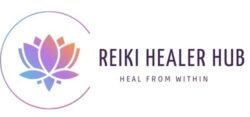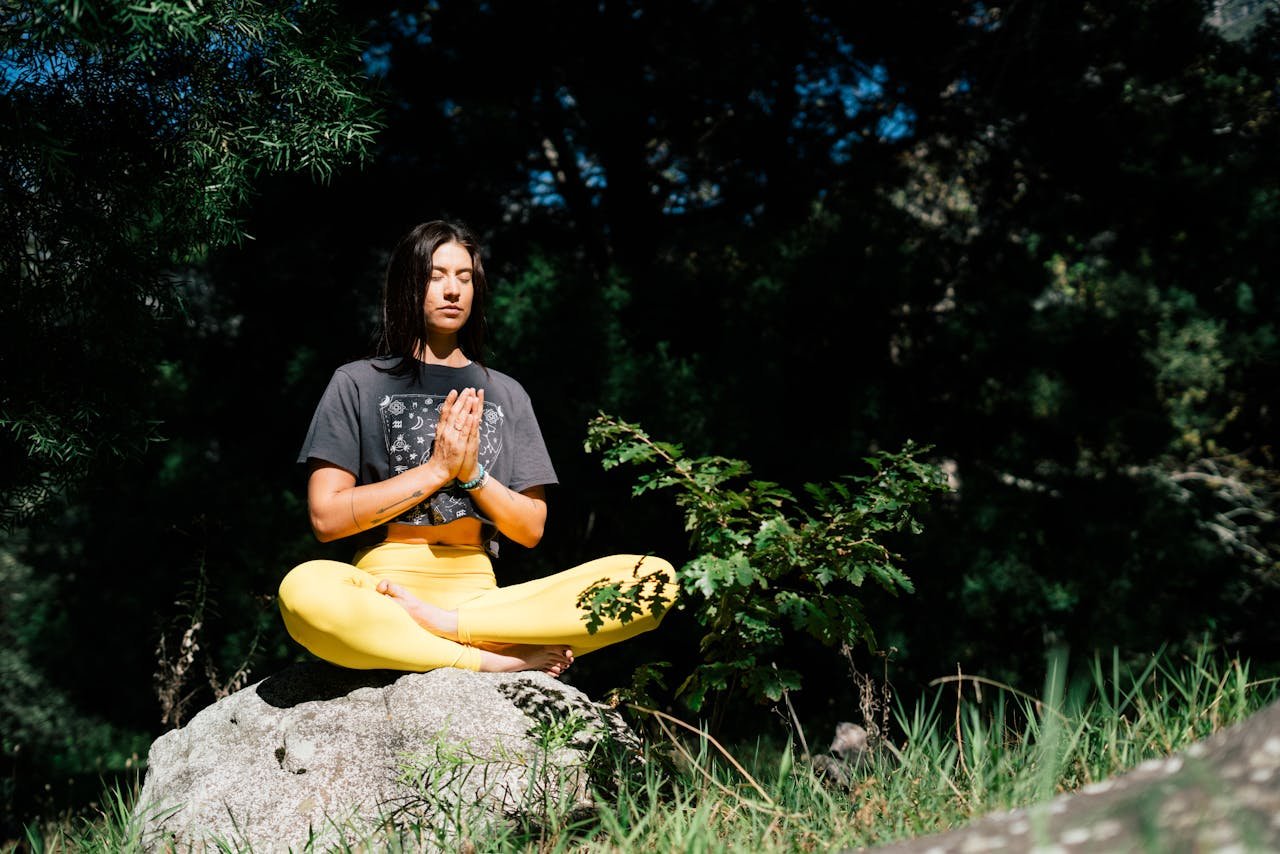Reiki, a powerful form of energy healing, has evolved since its origins in Japan, blossoming into a variety of practices that cater to different needs and healing preferences. From the traditional Usui Reiki to more contemporary styles like Karuna Reiki and Kundalini Reiki, there is a growing number of Reiki variations to explore. Each one offers unique techniques, symbols, and approaches, yet all share the common goal of promoting healing, balance, and holistic well-being.
If you’re curious about Reiki or already a practitioner looking to broaden your understanding, this guide will introduce you to the diverse types of Reiki. By the end of this post, you’ll have a deeper insight into which Reiki style might resonate most with your personal journey into energy healing.
Brief Overview of Reiki
Reiki is a Japanese energy healing modality that promotes physical, emotional, and spiritual well-being by balancing the body’s energy fields. The word “Reiki” translates to “universal life force energy,” with “Rei” meaning universal and “Ki” meaning life energy. Practitioners believe that this energy flows through all living things and that imbalances in this flow can lead to health issues.
Through the gentle placement of hands on or above the body, Reiki practitioners channel energy to help clear these blockages, restore balance, and support the body’s natural healing processes. Whether you’re new to holistic healing practices or a seasoned energy healer, understanding the different types of Reiki can help you find the right fit for your healing needs.
Usui Reiki
Usui Reiki, the most widely practiced form of Reiki, was developed by Mikao Usui in the early 20th century. This traditional style of Reiki is often seen as the foundation upon which many other forms have been built.
Origins and Principles
Usui Reiki emerged from Mikao Usui’s spiritual search for a healing method that could be easily taught and accessible to everyone. His teachings focus on the channeling of universal energy to promote self-healing and wellness in others. The core principles of Usui Reiki are based on five simple yet profound precepts, encouraging practitioners to live without anger, worry, or dishonesty, while cultivating gratitude and kindness.
Techniques
Usui Reiki involves a series of hand placements over the body’s chakras or energy centers, with the intent to channel healing energy to these areas. It’s a simple, gentle practice that can be used for self-treatment or to assist others. Usui Reiki also introduces attunements, a process where a Reiki Master transfers the ability to practice Reiki to students, often over three levels (Reiki I, II, and Master/Teacher).
Karuna Reiki
Karuna Reiki, developed by William Lee Rand, is an evolved form of Reiki that emphasizes compassion. In fact, the word “Karuna” translates to “compassionate action,” reflecting its purpose of invoking compassion in the practitioner and recipient alike.
Unique Features
Karuna Reiki is characterized by the use of unique symbols, different from those in Usui Reiki, which are said to connect practitioners with higher frequencies of healing energy. These symbols focus on healing emotional wounds, clearing trauma, and assisting in deep spiritual growth.
Karuna Reiki is often described as an extension of Usui Reiki, so many practitioners choose to study Usui Reiki first before moving on to Karuna, though this is not a requirement.
Techniques
Practitioners of Karuna Reiki use specific mantras and hand positions to invoke the healing energy of compassion. Sessions often focus on healing deep emotional and spiritual issues, which can result in a profound sense of release and transformation for the recipient.
Kundalini Reiki
Kundalini Reiki combines the principles of Reiki with the concept of Kundalini energy, which is believed to lie dormant at the base of the spine in traditional yogic philosophy. When this energy is awakened, it travels up through the chakras, bringing heightened awareness and spiritual enlightenment.
Approach to Healing
In Kundalini Reiki, the focus is on awakening this dormant energy and allowing it to flow freely throughout the body, clearing any blockages along the way. The energy is not only channeled from the practitioner but also activated within the recipient, promoting deep healing and personal transformation.
Techniques
Unlike other Reiki variations, Kundalini Reiki doesn’t rely on symbols or traditional hand placements. Instead, the practitioner focuses on awakening the Kundalini energy, starting at the Root Chakra, and guiding it upward through the energy channels. This practice is often described as intense and transformative, as it deals with both the physical and spiritual dimensions of healing.
Other Forms of Reiki
While Usui, Karuna, and Kundalini Reiki are among the most well-known forms, many other Reiki variations have emerged over the years. Here’s a brief introduction to a few additional Reiki styles:
- Jikiden Reiki: Jikiden Reiki is a form of Reiki that seeks to stay true to the original teachings of Mikao Usui, without the Western adaptations that have been incorporated over time. Practitioners of Jikiden Reiki emphasize its traditional Japanese roots and focus on physical healing and detoxification.
- Tera-Mai Reiki: This Reiki style, developed by Kathleen Milner, blends traditional Usui Reiki with other healing techniques, including the use of elemental energies. Tera-Mai Reiki practitioners work with symbols that are believed to connect with earth, air, fire, and water energies to enhance the healing process.
- Rainbow Reiki: A more modern variation, Rainbow Reiki, developed by Walter Lübeck, incorporates both traditional Reiki methods and elements of spiritual psychology, chakra healing, and crystal therapy. It’s often described as a colorful and holistic approach to energy healing.
Each of these Reiki styles has its own unique approach to energy healing, and practitioners often find that one type resonates more strongly with their own energy and healing goals.
Choosing the Right Type of Reiki for You
With so many types of Reiki available, you may wonder which one is right for you. The answer depends on your personal healing needs and spiritual journey. Here are a few tips to help you decide:
- Reflect on Your Goals: Are you looking for physical healing, emotional balance, or spiritual growth? Different Reiki variations focus on different aspects of healing, so consider your main objectives.
- Research Practitioners: Once you’ve identified a Reiki style that interests you, look for certified practitioners or workshops in that modality. You can often find teachers who offer introductory courses or sessions tailored to beginners.
- Trust Your Intuition: Reiki is all about energy, so trust your instincts when choosing a practitioner or style. If something resonates with you, it’s likely a good fit for your healing journey.
The Universal Benefits of Reiki Practices
While each type of Reiki has its own specific techniques and symbols, they all share one common goal: to help individuals achieve balance, healing, and well-being. No matter which style you choose, Reiki offers a holistic approach to health that works with the body’s energy fields to promote relaxation, clear blockages, and support natural healing processes.
Across all energy healing modalities, Reiki practitioners strive to restore harmony in the mind, body, and spirit, making it an incredibly versatile practice. Whether you’re drawn to the traditional Usui Reiki, the compassionate Karuna Reiki, or the transformative Kundalini Reiki, you’ll find that Reiki’s universal benefits apply across all forms.
Reiki is a diverse and evolving practice with many variations, each offering unique techniques for healing and growth. Whether you’re just beginning your journey or looking to expand your practice, understanding the types of Reiki can help you choose the path that aligns best with your personal healing goals.
Explore the possibilities by attending workshops, scheduling sessions with certified practitioners, or diving into Reiki courses. Whichever form of Reiki resonates with you, remember that it’s all about connecting with your inner energy and unlocking the power of healing from within.


